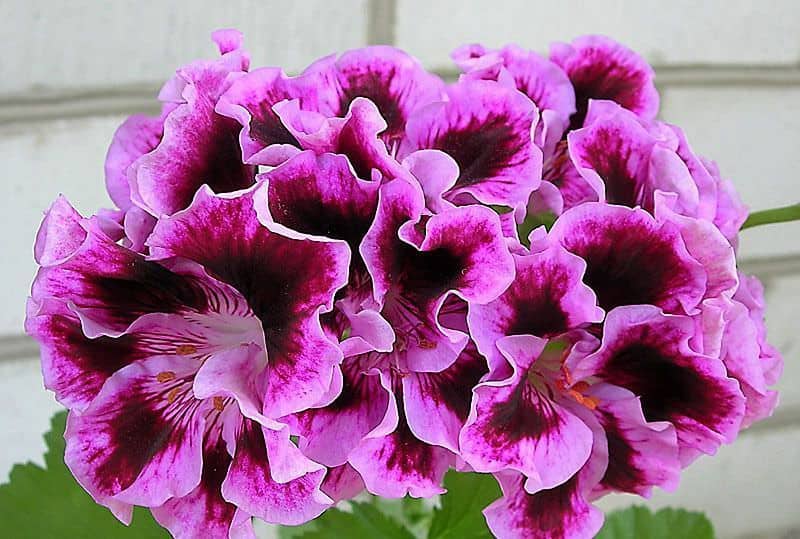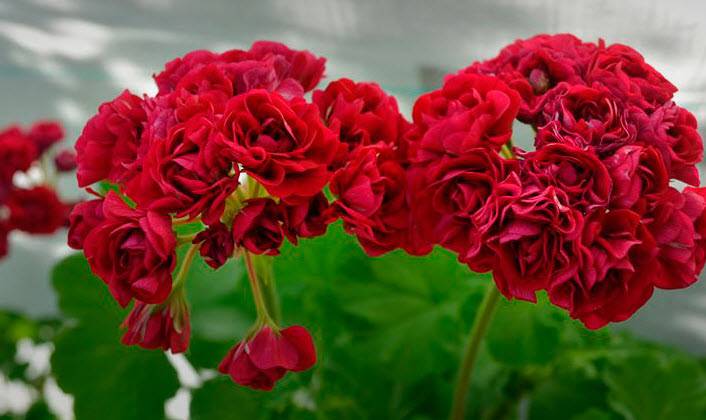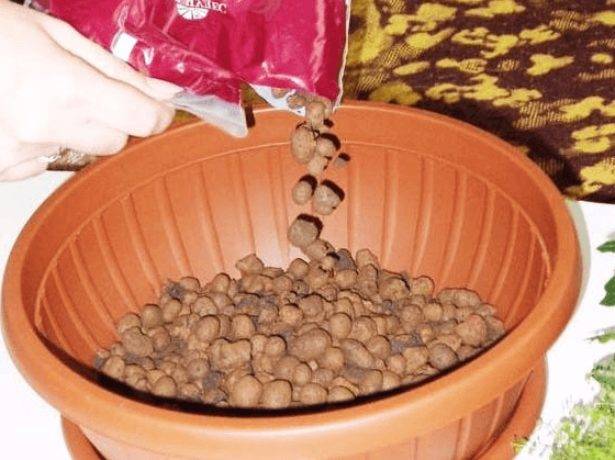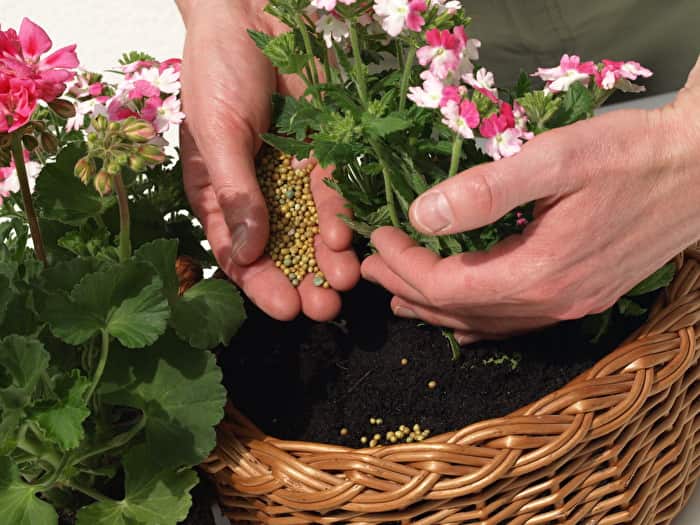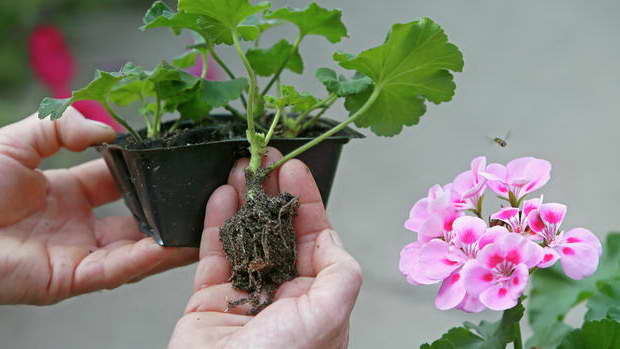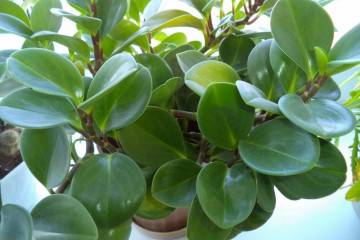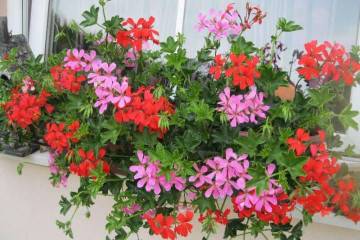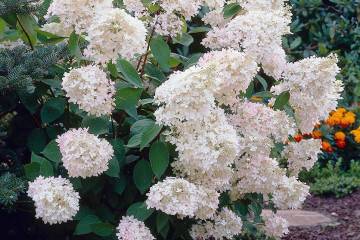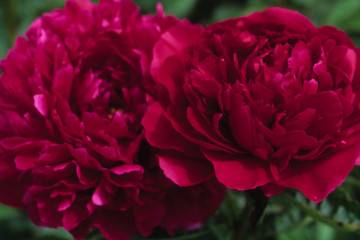Pelargonium Grandiflora - flower care at home
Content:
Pelargonium Grandiflora is often called royal. The name of the culture is due to the lush flowers, which reach a size of 7 cm. They form umbellate inflorescences, the diameter of which can be 25 cm. In order for the cultivation of the culture to be successful, it must be properly cared for. The flower can be planted at home and in the garden.
Description of Pelargonium Grandiflora
Geranium Grandiflora has excellent decorative characteristics. In order for a plant to develop well, it needs quality care.
History of origin
The first varieties of this plant appeared in the 18th century. They are characterized by an English origin. Subsequently, French breeders have perfected this culture. The result is interesting varieties with bright spots and streaks of contrasting shades.
Features of the
The shoots of the plant become lignified over time. Thanks to this, the culture is transformed into a real bush. The plant has rounded leaves with teeth at the edges. They can be of different colors: from light to dark green.
The main advantage of the culture is its flowers. Pelargonium large-flowered has weighty buds. They can be up to 6 cm in diameter. The color is different - orange, red, purple, pink. The flowers form beautiful inflorescences that make the bush even more decorative.
Pelargonium inflorescences do not stretch in height. They are located at the level of the leaves. It looks very pretty. During flowering, the location of the peduncles in the foliage area helps to form a spectacular ball. Due to this, the culture is often used to decorate terraces, balconies, living rooms.
Landing
In order for pelargonium to bloom luxuriantly and profusely, you need to choose the right place in the garden for it and follow the rules for planting.
Site selection and lighting
Grandiflora needs good lighting. It should be borne in mind that direct sunlight should not fall on its leaves. They can cause burns.
The flower pot is not recommended to be placed on the northern windowsill. Lack of lighting leads to disruption of development and expressionless flowering. The best option would be south or southeast.
Lack of lighting leads to the following problems:
- reducing the size of the buds;
- rare and dull leaves;
- pulling shoots up.
Priming
It is recommended for novice growers to purchase ready-made soil for geraniums. This substrate contains all the necessary substances. However, if you wish, you can mix the soil yourself. To do this, you need to take in equal proportions turf, humus, peat, river sand.When planting pelargonium in a pot, it is recommended to place crushed brick or expanded clay at the bottom of the container.
Grandiflora Large-flowered Pelargonium Care
Caring for Grandiflora pelargonium at home should be comprehensive.
Temperature regime
This is a very thermophilic culture that can tolerate an increase in parameters up to 30 ° C. During the growing season, the plant requires a temperature of at least 24 ° C.
Watering and spraying
It is recommended to water pelargonium with settled water. It should be at room temperature. The frequency of watering depends on the temperature indicators. In the heat, the soil must be moistened abundantly enough. In this case, excess moisture should be removed from the pallet. It is necessary to water the bushes only when the topsoil dries out.
When keeping a plant in a cool room in winter, it should be watered quite rarely, given the state of the earth.
Loosening
After each moistening of the soil, it must be loosened a little. Thanks to this, it will be possible to provide the plant's root system with a sufficient amount of oxygen. The procedure should be carried out very carefully to avoid damage to the roots.
Air humidity
The plant tolerates humid and dry air normally. The culture has rough leaves, so it does not need to be sprayed. It is best to grow zoned pelargonium in moderate humidity conditions.
Top dressing
In order for a flower to develop normally, it needs a sufficient amount of nutrients, so the plant needs to be systematically fed. In spring and summer, fertilizers are applied at intervals of 10 days. In the fall and winter, they should be used every 3 weeks. You can feed the culture with special means.
Pruning
To form a lush and compact plant, it must be pruned. This procedure is recommended in the fall. In this case, you should cut the shoots by a third. Removal of dry and damaged fragments is of great importance.
Transfer
It is recommended to replant young plants every year. From 3 years old, the transplant is carried out only when the pot is filled with roots. It is important to use a pot 2-3 cm larger than the old one. If you take too large a container, flowering will not come.
Pelargonium should be transplanted into a ready-made substrate for flowering plants. You can also make it yourself by mixing turf, humus and clean river sand in a ratio of 8: 2: 1. It is imperative to pour drainage at the bottom, which will help to avoid stagnant moisture. If this is not done, there is a risk of root rot.
How the Grandiflora geranium reproduces
Reproduction of pelargonium is carried out in different ways. This can be done by cuttings, seeds, or layering.
Seeds
This method is considered the most difficult and time consuming. At the same time, it allows you to get a lot of new plants. For propagation, you can use seeds of the same variety or mix. It is recommended to plant them in moist soil to a depth of 0.5 cm.
Then the container should be placed in a lighted place. The room temperature should be 22-26 ° C. The first shoots will appear in 2 weeks.
Cuttings
This breeding method is considered the simplest and most affordable. It can be used in spring and summer. To begin with, it is worth cutting the apical cuttings. They should contain 3-5 leaves. After that, dry the lower cut for several hours and dust it with a growth stimulator.
Then you can plant the cutting in the ground.It is best to use a turf and sand composition for this purpose.
Air layering
To use this method of propagation from the top of the branch, you need to measure the length of the cutting and make an oblique cut on it by a third of the width. After that, sprinkle the shoot with a growth stimulant and place a piece of a match inside. This will help prevent tissue fusion.
Just below the cut area, you need to make a cuff of film and put wet moss inside. In such conditions, after 2 weeks, roots are formed, after which the layers must be cut off. This is done 1.5 cm below the cuff. The prepared sprout can be planted in the ground.
Diseases and pests: combating them
If the rules for caring for a crop are violated, it can face various diseases. The greatest danger to the plant is represented by such diseases:
- black leg and late blight. These pathologies can appear if the soil has not been disinfected before planting. In this case, the rot develops rapidly and leads to the rotting of the culture;
- gray rot. With the development of the disease, the foliage becomes stained. To cope with the violation, you need to use copper sulfate or any fungicidal preparation.
Of the pests, pelargonium most often suffers from attacks by ticks and whiteflies. In such a situation, you need to immediately sprinkle the bushes with insecticide and wipe the leaves with soapy water.
Pelargonium of this variety is distinguished by decorative inflorescences. For a culture to be successful, it needs quality care. It should include the correct irrigation regime, timely fertilization, and pruning. Protecting crops from diseases and pests is also important.
